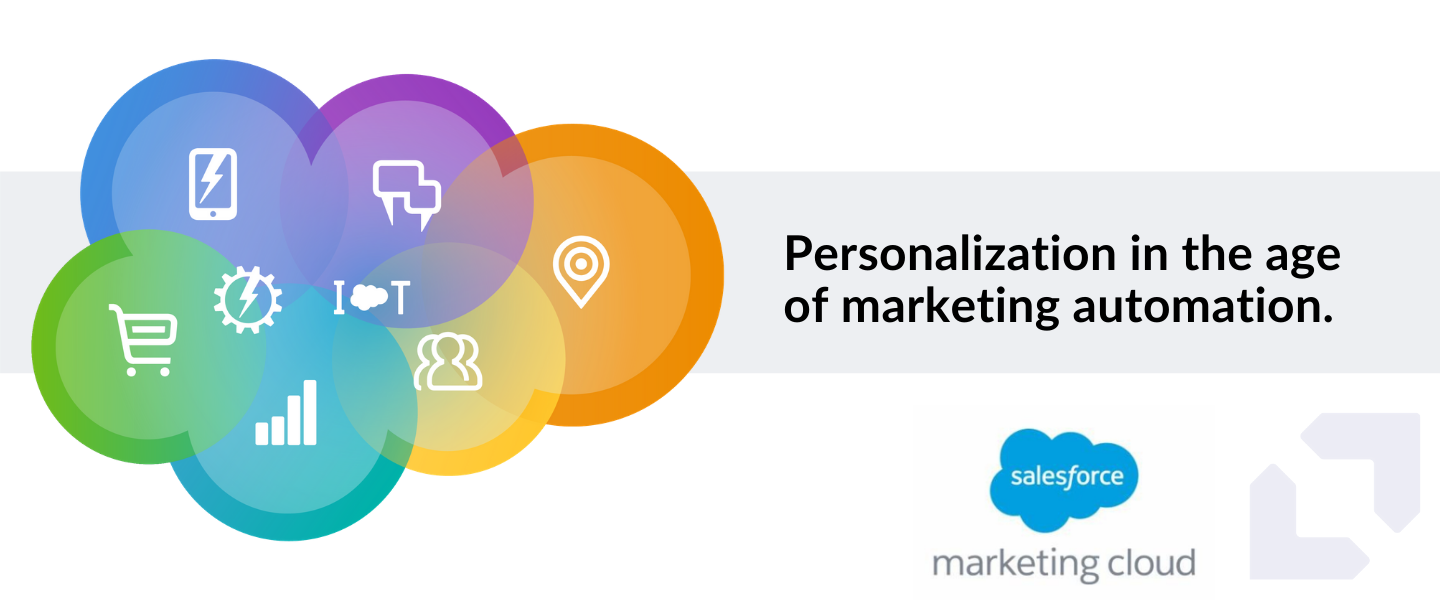In 2014, MoZ published the results of their CTR studies and identified that on average, 71.33% of searches resulted in a page one organic click. Page two and three only received 5.59% of the clicks. On the first page alone, the first five results accounted for 67.60% of all the clicks and the rest of the results accounted for only 3.73%.
In May 2018, Advanced Web Ranking organic CTR research revealed that the first Google position took 30% of CTR for non-branded keyword intent, with the second position at 15% and the third at 10%. Fast forward to June 2019, Jumpshot found that 50.33% of searches on Google resulted in zero clicks i.e. the rich text snippets that appear at the top of your search results page.
Over the last seven years, the digital landscape has changed drastically. Let’s turn the clock back by a decade. Much of what was part of SEO strategy back then is penalized by Google today. The Google Search algorithm and ecosystem are in a state of constant evolution and the competition is only getting tougher. The reality today is that marketers have more tools at their disposal and picking the right mix is most essential. This poses two rather critical questions, “Am I ranking for the right set of keywords? What does my ROI from SEO look like?”.
Identifying the right keyword strategy to rank higher for Google Search results
There are a host of factors that one needs to consider while formulating an effective SEO strategy. Four of the most influential being page authority, content quality, domain authority and brand signals. Let’s look at these areas a little more closely.
Page authority
Fact. Google doesn’t rank a page solely based on domain authority; page authority takes a much higher priority.
Page authority, the score developed by MoZ that predicts how well a page will rank on SERP, is key to picking the right balance of keywords. If all your keyword choices have current rankings with high page authority, it will take longer for you to make your way up to the first page.
Content quality
Fact. Google constantly updates its algorithms to ensure that the search results they deliver are of the highest relevance to searcher intent.
You can’t approach SEO as you did back in 2007. Stuffing your articles with the right keywords will not result in success; odds are that you will be penalized instead. What you need is quality content that is relevant to the keywords that you are focusing on, with additional context provided by both internal and external linking. This combination is the sweet spot you want to hit.
Domain authority
Google doesn’t just rank a page based on domain authority. But the higher a domain’s authority, the higher their credibility.
Domain authority is the score MoZ created to predict how high a website could rank on SERP. Combine that with the other factors such as keyword popularity and competition of the particular keyword, and you have your work cut out for you. It is equally essential to take into account the domain authority of the results that are already ranking for a search term before you decide on adding it to your set of final keywords.
Brand Signals
Here is where all the work that an organization puts into brand-building pays off. If your keyword has a bunch of results from highly respected or well-known brands like YouTube, Boston Consulting Group, PwC and such, it will take longer for your content to be listed on page one. Google also takes into account what is called brand signals, which have been a part of their ranking algorithm since 2015. It’s a series of metrics that measure how trustworthy and credible a brand is; it is a factor that has high significance.
Apart from all these critical elements of building your SEO optimization strategy, here is another question you can never ask yourself enough.
What is the intent behind the search?
What makes an individual pick up their phone or any other electronic device and search? That’s the big question. Your audience can be anywhere in their journey and it’s important to consider various stages of their decision-making process to consider the following questions:
Are they ...
- specifically looking for a brand they know and trust?
- searching and gathering information?
- making comparisons to arrive at a decision?
- ready to complete a transaction?
Looking at these various opportunities you have at acquisition, does your keyword list cover the entire gamut? Can you break your list down into navigational, informational, investigational and transactional keywords?
If you were to take another look at your strategy right now, how many of these boxes do you think you’ll be able to tick? If you’ve been considering organizing a new strategy, here is an action plan your SEO and content marketing team can try.
- Take all the non-branded keywords you have and break them down into smaller lists of informational, investigational and transactional keywords. Make sure you have a minimum of 30 keywords in every category. How are they aligned to the stages in your customer journey?
- For each keyword, assess the first page results. List out all the links with their page authority, domain authority, content quality and highlight any brands that show up.
- To start with, select 10 low competition keywords from each category and build a content strategy around it.
- Work your way through this list while simultaneously working on expanding your list regularly.
But don’t stop there. Dig into any data you can obtain from your tech stack and managed services portfolio for customer behaviour and product/service usage data. One thing we do at Appnovation Managed Services is analyze our client accounts regularly to identify patterns that we can see in customer behaviour that can help them achieve their goals. We measure page and channel value, where there are gaps in content to provide answers and information to the questions that users are searching for. Most importantly, we identify opportunities.
Need some help? If you'd like to learn more, get in touch with our Managed Services experts today. We will work with you to better understand your needs and devise solutions suitable for your business.


